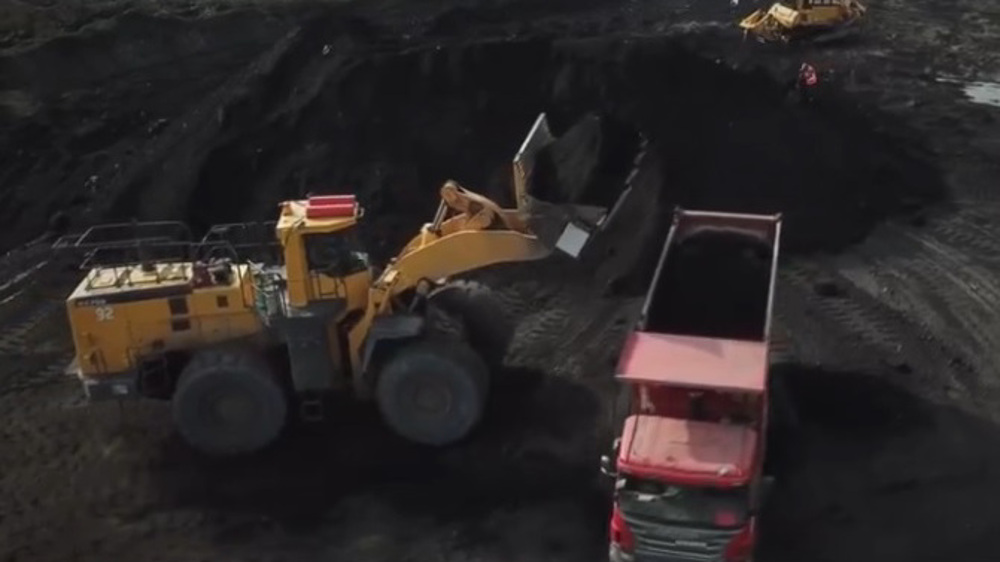Special economic zones
Economic zones have been around for a long time. Special economic zones are areas where business and trade laws are different from the rest of the country.
These zones are located inside country borders, but are exempt from trade tariffs and other barriers. Only when goods are moved to consumers within the country, are they subject to the prevailing customs duties.
Free trade zones are considered a type of special economic zone that are designated areas for commercial purposes. At its core, these zones are types of policy-enabled industrial parks.
Both economic zones share similar benefits. Some advantages include trade loopholes and fewer bureaucratic entanglements, while cutting logistical costs.
Statistic provided by the Iranian Free Zone High Council show around 40% of the countrys exports happened through free trade zones, generating nearly 170 billion dollars since 2013.
Going off of the same figures, commodity exports from these zones topped $17 billion in 2020. The High Council also reported that productions from these zones reduced imports by nearly 50% in the past 7 years.
There are some 40 economic zones operating in the country. Seven new free trade zones and 13 special economic zones were also approved by the government this year.
The Iranian Free Zone High Council estimates that there are around 1,400 industrial units operate in these zones.
There are several advantages to economic zones for businesses, particularly, offering an ecosystem and infrastructure that allows smooth operation of complete value chain productions and distribution.
The first economic zones were established in southern Iran in 1989 on Kish and Qeshm Islands.
Nearly three decades later, special economic zones are still being refined and face certain obstacles to their development.
VIDEO | Intl. day to end anti-women violence: Female victims of Israeli attacks on Gaza, Lebanon remembered
Leader: Arrest warrant not enough, Netanyahu must be executed
VIDEO | Iraqi fighters conduct fresh retaliatory attacks on vital Israeli targets
Gaza hospital chief calls for help amid Israel’s ‘extermination campaign’
‘Israel delusional’: Hamas says US ‘full support’ enabled genocide, urges Biden to ‘atone’
Nov. 24: ‘Axis of Resistance’ operations against Israeli occupation
Iran’s IRGC Ground Force, Azerbaijani army kick off joint military drill
VIDEO | Security officers injured, one person killed in Amman shooting









 This makes it easy to access the Press TV website
This makes it easy to access the Press TV website